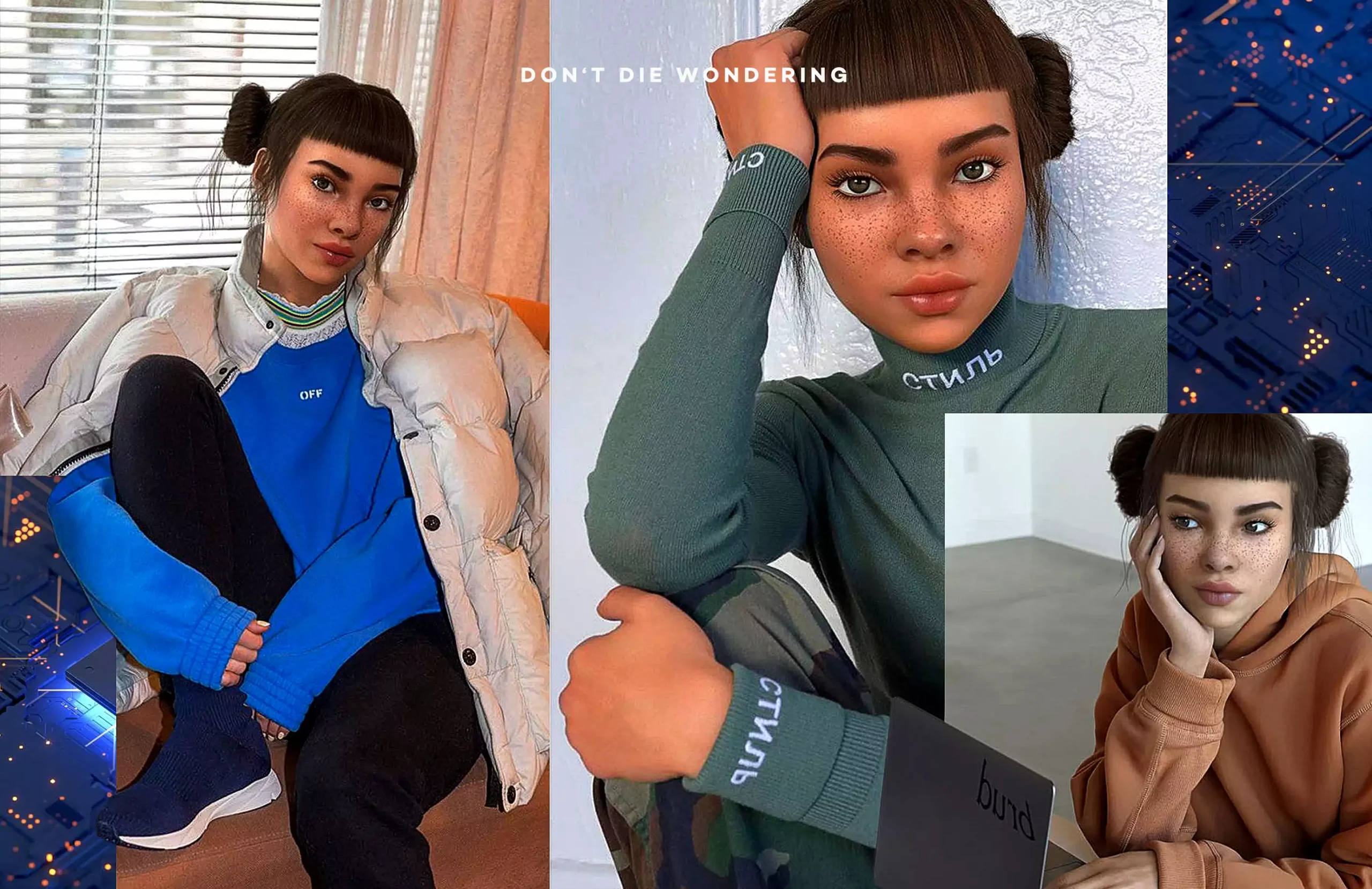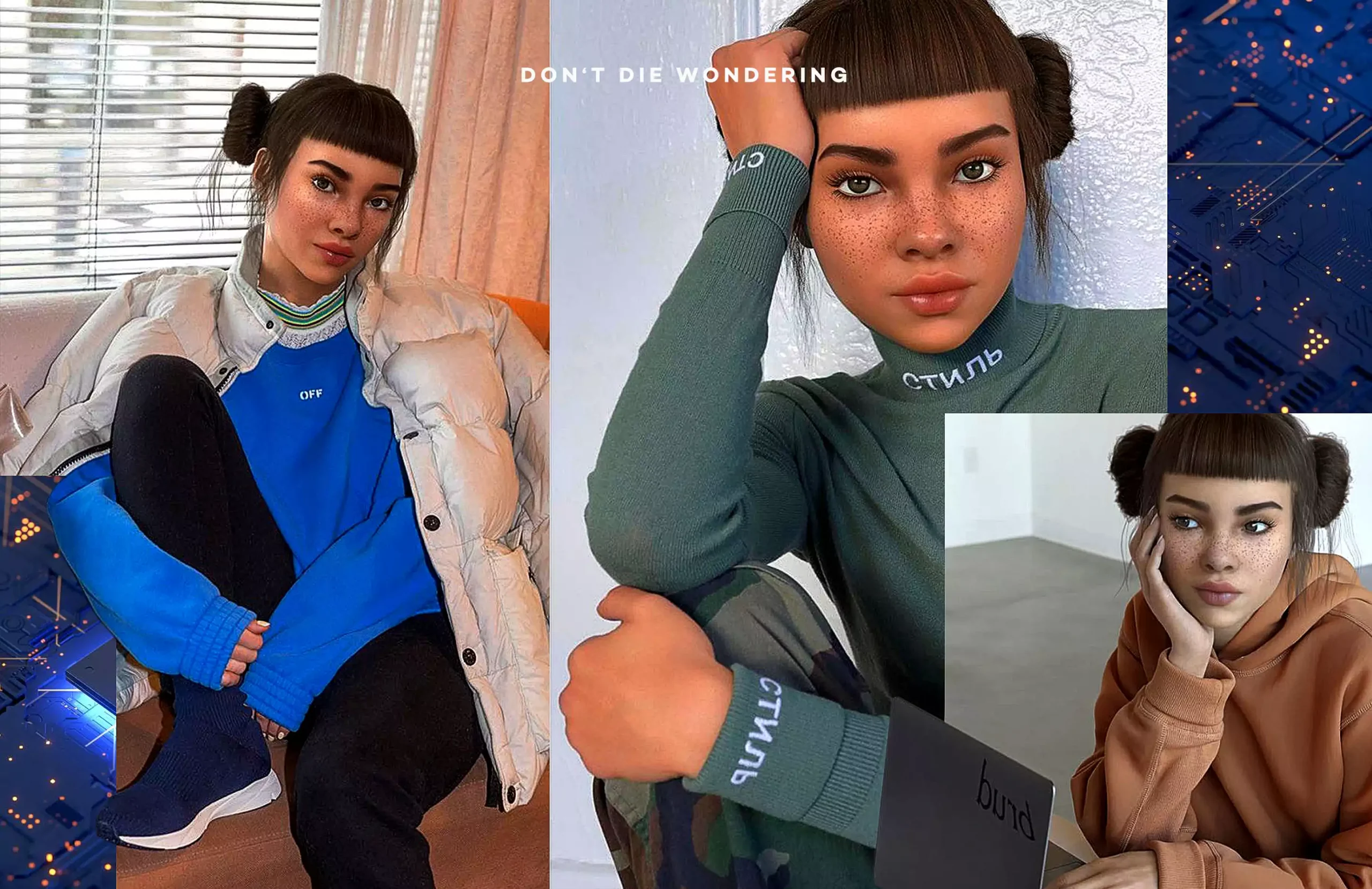There’s always plenty of talk about how many people on Instagram are being themselves, familiar faces split into those who are staying ‘real’ and those who come off ‘fake’.
Usually it’s a matter of how much of their reality a person seeks to manipulate – making the everyday that little bit prettier, filtering out the bad and misleading followers into believing that they lead a near-perfect life. It’s become such a prevalent trope of the platform over the years that there are hundreds of accounts dedicated to exposing those who are giving followers a false impression into themselves and their lifestyles – despite the fact that so many of us are guilty of this behaviour in one way or another.
However, when it comes to blurring the lines between the true and false, some users are taking it to a whole new level – enter the AI It girls of Instagram.
As technology has developed and changed over the years, the capabilities of the everyday person to manipulate reality have grown exponentially. With the arrival of deepfakes, increasingly complex augmented reality technology and even filters on popular apps looking so realistic that they can fool thousands at a time, it’s never been more difficult to decide whether or not an image you are being presented with is exactly as it seems.
In the last few years, we’ve become uncomfortably used to this feeling – we’re more acquainted than ever with the idea of the uncanny valley, rarely ever too shocked with just how realistic technology can be made to appear. Perhaps this is, in part, down to the increasing prevalence of AI-fronted accounts across social media.
However, when Instagram users first switched on to the existence of Lil’ Miquela in 2016, many were thrown for a loop.
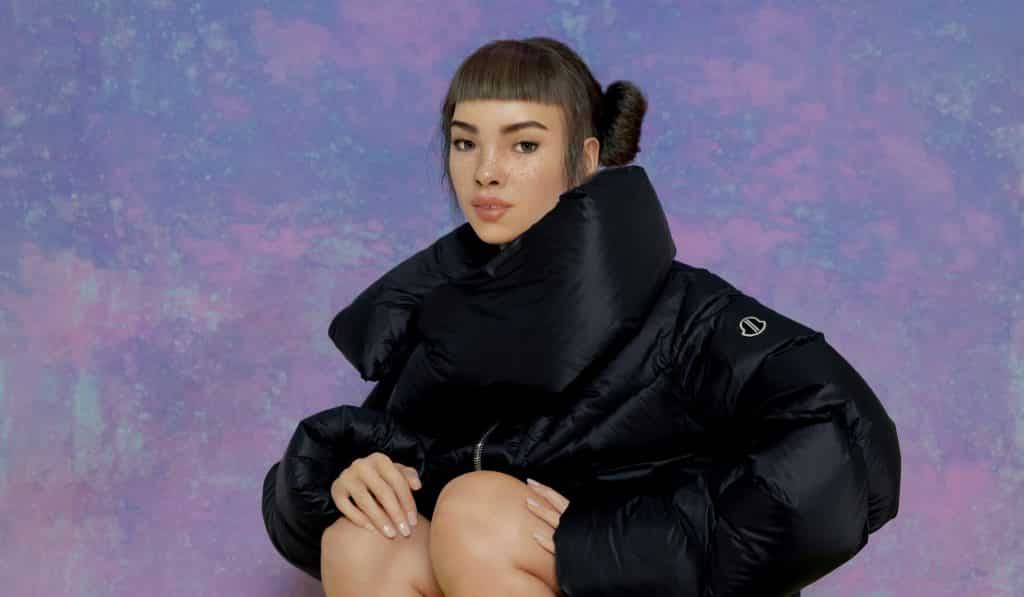
Miquela wasn’t quite like other influencers on the platform. She was just as fashionable and showcased a lifestyle that was just as interesting and full of vibrant experiences, but something about Miquela herself was different. Her eyes were a little too glassy, her skin a little too smooth and her smile a little too perfect – whatever else Miquela was, she certainly wasn’t human.
Users launched into a flurry of investigations. Was this an art project, a marketing stunt or part of a larger, elaborate narrative starring Miquela? In the years since, it seems that none of these theories were strictly the case. Miquela was an influencer, like many others on the platform – but unlike her peers, she had been created digitally. She was created for the sole purpose of securing million-dollar brand deals for the benefit of her creators, who had ‘invented’ Miquela using sophisticated digital rendering technology.
She may have been the first influencer created in this way, but she certainly wasn’t the last. In the years since Miquela caught the attention of the internet, other creators with the technological capabilities to create these AI influencers have followed suit.
First to follow were Miquela’s friends, the mask-wearing ‘low-life and high-tech’ Blawko and bleach blonde digital Barbe lookalike Bermuda – both of which appeared regularly in Miquela’s snaps and both of which were subsequently found to be the next projects of her creators, the mysterious Silicon Valley AI experts Brud.
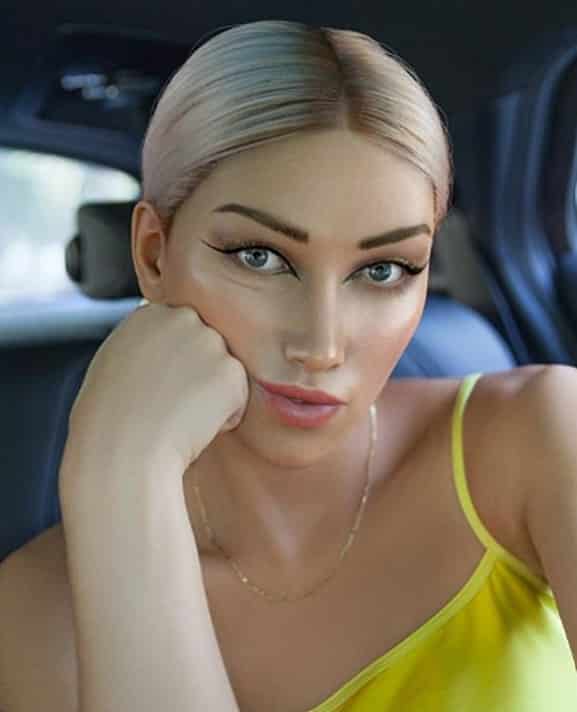
Brud were the subject of much intrigue themselves. According to Brud, they are a technology start-up specialising in artificial intelligence and robotics, though it was found by Cultured magazine in 2019 that the company holds no patents in AI, robotics or related fields. In fact, even their AI influencers were found to be little more than carefully designed graphics – there’s no artificial intelligence involved in the management of the accounts or the posting of content, which all seems to be handled by Brud’s social media management team.
Brud aren’t the only company involved within the world of AI influencers. Fashion house Balmain commissioned British photographer Cameron-James Wilson to design the world’s first virtual supermodel back in 2018. The resulting creation, Shudu, was much taller and fit a lot more neatly into the traditional beauty standards recognisable amongst the world’s supermodels than Lil Miquela. Shudu was subsequently the first in the #BalmainArmy, a trio of digital models designed solely to appear within Balmain advertisements – she was joined by Zhi and Margot, inspired by the classical standards of Chinese and French beauty respectively.
Later, Brazilian brand Magazine Luiza introduced Lu, their own answer to the digital influencer trend. Since being introduced to the internet and subsequently racking up 5.5 million Instagram followers, Lu has appeared in almost every ad for the company, taking the place of the human faces of the brand that came before her.
So, why are so many brands ditching the use of human models – and is there really so much money within the creation of virtual influencers and models that they could begin to replace the models of years gone by?
First of all, there’s certainly a financial payoff. There are a few reasons behind this, the more obvious being that the creation of a digital model is far more cost-effective in the long run than continuing to pay the world’s most famous models for work on promotional material. The second reason is, of course, that we’re still in the stage of this movement where the introduction of a digital influencer is guaranteed to draw attention to the brand globally.
This makes perfect sense in relation to both Lu and the #BalmainArmy, but in the case of Lil Miquela, she is the brand – and she’s earned the team behind her profile a fortune. In 2019, it was announced that Brud had secured a $125 million investment led by Spark Capital. Miquela makes her money from brand deals just like other influencers do and she’s built up quite the portfolio. In the last five years, Miquela has ‘worked with’ everyone from Calvin Klein to Prada and has even launched her own music career.
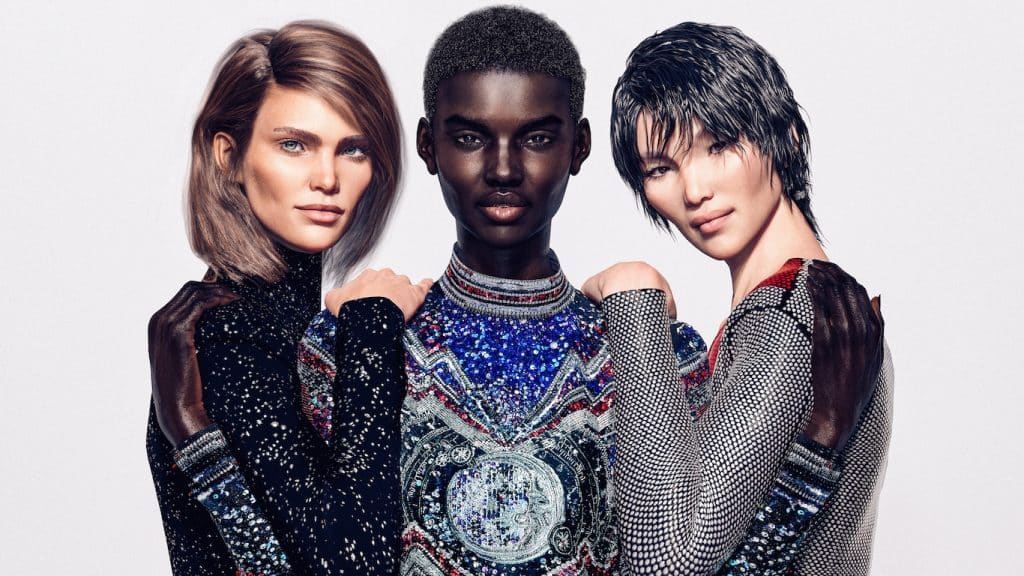
As for other reasons behind the growing popularity of these figures, it’s fair to say that the circumstances of the last year have certainly contributed. There are plenty of differences between human models and their new virtual counterparts, but perhaps the most beneficial in today’s world is that a computer generated image couldn’t possibly catch a rapidly spreading virus and force those she had worked with into quarantine. Virtual influencers and models have therefore facilitated a way for business to continue as usual for some brands, even in such unprecedented times.
There are, of course, those who have criticised this new technological movement. Many have pointed out that Instagram has already created a modern beauty standard that is increasingly difficult for everyday people to fit into, leading to a rise in those suffering with body image issues and low self esteem. With this in mind, the creation of influencers that can be made physically perfect surely does nothing to help.
Lil Miquela herself – or, rather, her creators – have weighed in on this argument. Asked during an interview with YouTuber Shane Dawson in 2017 whether she was real, fake or simply a human who was digitally enhanced, she responded ‘Can you name one single person on Instagram who doesn’t edit their photos?’.
So, what’s next for the world of AI It girls?
Lil Miquela has recently released her own NFTs, many of them given to fans for free, and continues to release music. As for the #BalmainArmy, it looks as though we’ll see additions to this brand new wave of digital age supermodels within the near future.
Could the AI It girls of Instagram be the real future of the fashion world – or will their popularity die out in a culture where being ‘real’ is increasingly rare and increasingly admired?
SEE MORE: London Artist Oli Epp Questions Our Relationship With Technology In The Digital Age

